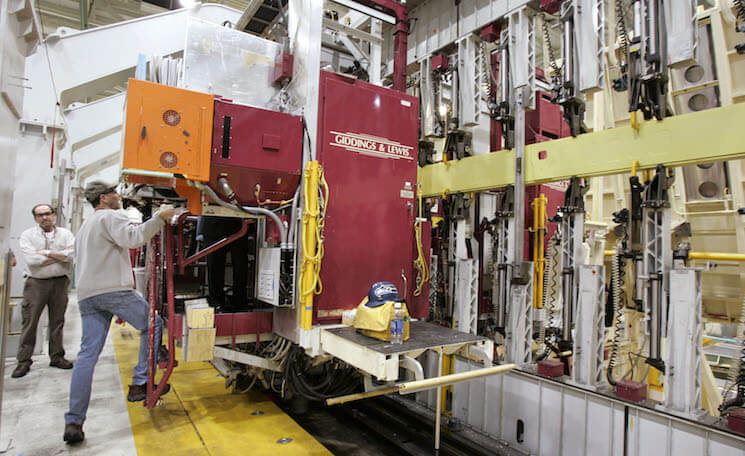Did the Great Recession reduce U.S. productivity growth?
 In macroeconomics, there’s a tendency for economists to separate the short-term and the long term. For instance, recessions don’t (or rather, shouldn’t) affect the long-term growth rate of the economy. The basis of many growth models is the idea that recessions are temporary deviations from the long-run growth potential of an economy. There might be a year of negative economic growth, but eventually gross domestic product will return to its old pre-recession trend.
In macroeconomics, there’s a tendency for economists to separate the short-term and the long term. For instance, recessions don’t (or rather, shouldn’t) affect the long-term growth rate of the economy. The basis of many growth models is the idea that recessions are temporary deviations from the long-run growth potential of an economy. There might be a year of negative economic growth, but eventually gross domestic product will return to its old pre-recession trend.
But in the wake of the Great Recession, which ended seven years ago this month, U.S. GDP growth has been tepid and estimates of the potential growth rate have declined. As City University of New York economist J.W. Mason points out, most of these estimates of a decline in potential GDP are due to lower expectations for productivity growth, which make sense given the very weak U.S. productivity growth of recent years. But is this just a coincidence? Or did the recession itself actually reduce productivity growth?
A lot of thinking about productivity growth since the U.S. economy began to rebound after July 2009 is informed by research by John Fernald of the Federal Reserve Bank of San Francisco on declining total factor productivity growth. Fernald’s research shows that the productivity decline has been happening for over a decade now and predates the Great Recession. His findings show that the timing of the Great Recession and declining productivity growth is just a really unfortunate coincidence. To put it in economics jargon, the decline in productivity growth was exogenous to what was going on in the broader economy.
But it’s very possible that the decline was endogenous—and that changes in short-term demand are directly responsible for slowing productivity growth. That’s the argument of a paper by New York University economists Diego Anzoategui, Mark Gertler, and Joseba Martinez at New York University, and Diego A. Comin at Dartmouth College. The main thrust of the paper is that productivity, and therefore long-term economic growth, can be affected by companies pulling back on investment and the adoption of new technologies during recessions. This is a form of “hysteresis”— the argument that recessions can raise the long-run unemployment rate and hamper economic growth —but instead of just pushing workers out of the market, a recession pushes companies to cut back on a variety of investments amid recessions, which impacts overall productivity growth.
The economists show a positive relationship between economic expansions and the diffusion of new technologies. Furthermore, they show how business expenditures on research and development drop significantly during recessions, which also indicates a direct relationship between economic downturns and productivity growth. What’s particularly interesting is that their data shows a strong decline in research and development spending during and after the relatively short 2001 recession, which could help explain why productivity growth was declining before the Great Recession began in December, 2007. In short, the effects of the last recession were still being felt.
Of course, this paper isn’t definitive proof that productivity growth is entirely determined by demand. But it’s an indication that demand-side problems may be a part of our productivity problems. These findings show that policymakers who ignore the demand side of the U.S. economy do so at our own peril.
